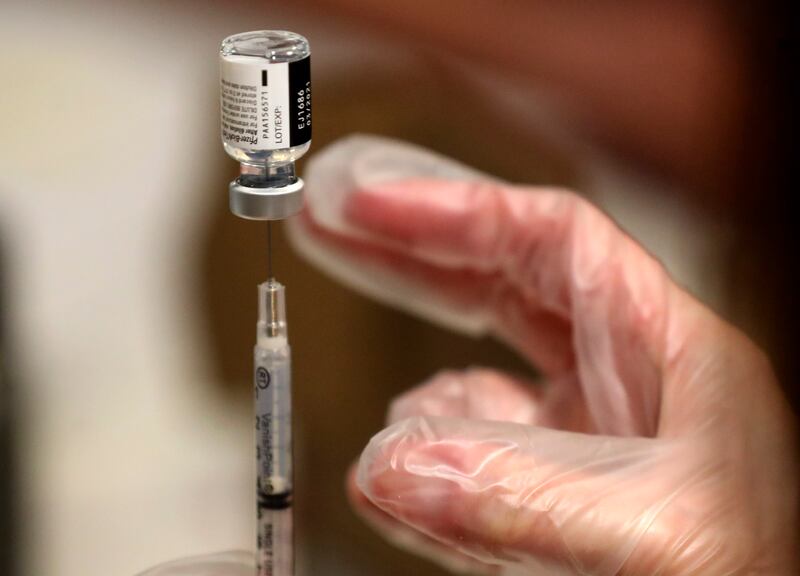The federal government’s quick decision last week to issue limited-use warnings for the Johnson & Johnson COVID-19 vaccine is instructive, perhaps in a way many haven’t considered.
It demonstrated the competence and safety mindedness of the Food and Drug Administration, just as last December’s recommendation from the Centers for Disease Control and Prevention that adults seek booster shots from Moderna or Pfizer, not Johnson & Johnson, was evidence of that organization’s competence. People are being warned away from J&J unless they have reacted badly to the other vaccines or they have no other choice, all because of the slim odds of complications.
If the FDA issues warnings based on 60 confirmed cases of blood clots and nine deaths associated with the J&J vaccine — a complication rate of about one in 2 million people — that qualifies as erring on the side of caution, and it ought to boost public confidence.
For months, conspiracy-minded people have circulated frightening tales about the supposed hidden side effects of the federally approved vaccines. Each conspiracy contained the same basic thread: Greedy, controlling, or just plain evil pharmaceutical companies and government workers didn’t want you to know the truth about the vaccines. Worse, they were hiding stories about people who had died as a result of the shots.
For the record, the CDC issued this statement last week: “Anaphylaxis after COVID-19 vaccination is rare and has occurred at a rate of approximately five cases per 1 million vaccine doses administered. Anaphylaxis, a severe type of allergic reaction, can occur after any kind of vaccination.” It’s also treatable.
Life is not risk-free, but many people voluntarily assume risks on a regular basis that are far greater than a bad outcome from a vaccine. The Insurance Institute for Highway Safety estimates the chances of getting into a car accident during a 1,000-mile trip are 1 in 366. The National Center for Health Statistics puts the odds of dying by a fall off a ladder or scaffolding at 1 in 7,399. The odds of dying from a fall down stairs are 1 in 1,652. The odds of dying as a pedestrian are 1 in 543.
And, as such comparisons inevitably lead, the odds of being struck by lightning are 1 in 138,849 — pretty good odds, but still not as good as the risk from a vaccine, and far below the risks associated with J&J’s coronavirus shot.
Experts say the bad J&J side effects have occurred within the first two or three weeks after the shot. As White House Coronavirus Response Coordinator Dr. Ashish Jha told “Good Morning America,” if you go beyond that with nothing bad happening, you are worry free, “except for the fact that you’ve gotten a very high-quality vaccine that’s going to protect you.”
The misinformation about vaccines has ranged from worries that they will magnetize you, perhaps making paper clips stick to your skin, to fears that they are made from fetal tissue (not true with modern vaccines) or that they contain microchips allowing the government to track your movements. The latter, Dr. William Schaffner of Vanderbilt University Medical Center in Nashville told Healthline, is not physically possible.
COVID-19 remains a health risk. Experts are expecting a rise in cases as the weather warms. Some vaccinated people are contracting the virus, although their symptoms tend to be less severe than those of people who are unvaccinated. USA Today said the results of a new wave are not likely to be as devastating as earlier waves, because of the level of immunity in the population. However, new viral mutations could arise.
No one should deliberately expose themselves to COVID-19. The best course remains a vaccine, preferably from Moderna or Pfizer.

